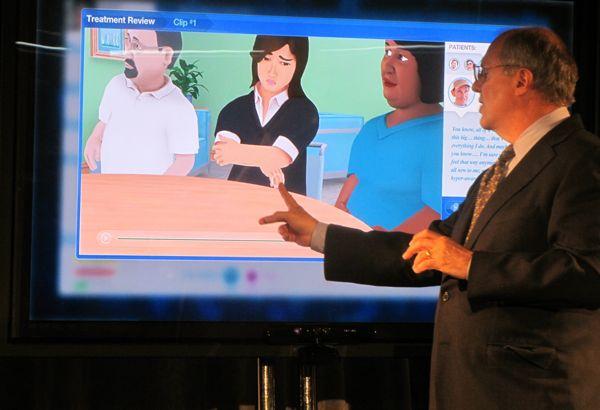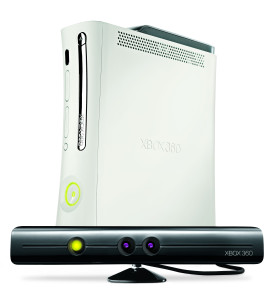Microsoft have expressed interest in seeing the Kinect being used in operating rooms or doctors offices and this could also allow patients to attend therapy sessions which they would normally would have not due to the distance they’d have to travel. Doctors could also use the Kinect to call up patient files just by speaking the name of his/her patient and scroll through the data with swipes and gestures. Microsoft is said to have a prototype of such a system ready and hopes that the possibilities that it offers up will help to lower the resistance to change……….
The touchless sensing market has gained momentum since a year and is increasing rapidly and is expected to reach $3656.8 million by the end of 2015. The companies are realizing the potential of this market and answering the customer needs regarding better hygienic factors. The touchless biometrics market is also on the rise. The crime rates are increasing and the general public needs some sort of security which is foolproof. These biometric systems are more accurate than the touch-based biometric systems since they are independent of touch. The touchless fingerprint recognition system can take in a picture of a fingerprint even if the finger has a cut on it or in case of iris recognition and face recognition, the features of the iris or the face do not change over the years. The gesture recognition market is expected to reach $625 million in 2015 from $200 million in 2010 at an expected CAGR of 25.6% from 2010 to 2015. The gesture recognition market was commercialized in the third quarter of 2010 with the launch of the Microsoft XBOX Kinect (hardware). Gesture recognition has their applications in a several sectors ranging from entertainment, consumer electronics and transportation to healthcare. The market acceptance of this industry is very low since this is a new technology and the users are not aware of the technology as yet. However, this market is estimated to grow in the next seven to eight years.
Microsoft and other big tech companies such as Google have been courting the health care market for years, prompted in no small part by federal initiatives to drive the digitization of medicine. But those initiatives have so far had, at best, mixed success, in an industry that loves the latest technical marvel in equipment but resists the digitization of patient records. But with so much spent on health care, the lure for tech providers is hard to ignore. Microsoft has discussed using Kinect with doctors at South London and Maudsley NHS Foundation Trust, a mental health and substance abuse care provider in the U.K. The idea is to create virtual group sessions for adolescent mental health patients, where kids create an avatar that may or may not resemble them and participate in live video conferences from their own homes. The hope is that the anonymity that Kinect avatars provide will encourage greater participation among adolescents. Kinect could even find a spot in operating rooms, Mundie said in the interview. During surgery, doctors need to remain sterile, but often want to navigate CT scans, medical histories, or other patient records. Instead of asking a nurse to use a mouse to click through documents, Kinect could allow doctors to swipe through them with gestures. And Mundie said that Microsoft has already created a prototype of such a system.
Microsoft released a software development kit for Kinect for Windows last week, giving computer programmers tools to create new applications for PCs that use the controller. Microsoft is only allowing noncommercial development for now. But Mundie says commercial applications, such as ones Microsoft envisions for health care, won’t be far off. Microsoft has been plugging away for years at changing the way health care providers use technology. In 2007, the company launched HealthVault, a service that lets patients and their care providers view a digital version of their health records in one place. And Microsoft Amalga offers health care systems the ability to centralize the vast pockets of digital information they collect. But even with the government and insurers pushing to digitize health information, hospitals and doctors have been slow to embrace the technology. Microsoft, though, continues to plug away in the belief that there will be a huge business in using technology to improve outcomes, lower costs and increase access. Kinect may be a bit of a sideshow in that process, but it may also help break down the industry’s resistance to change.
[ttjad keyword=”xbox-360″]


